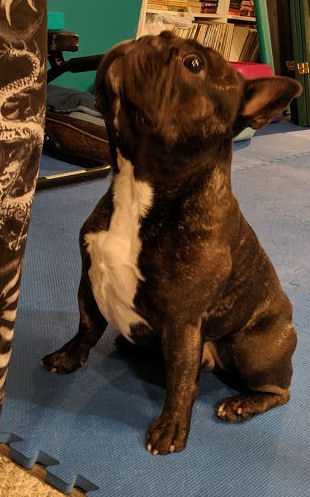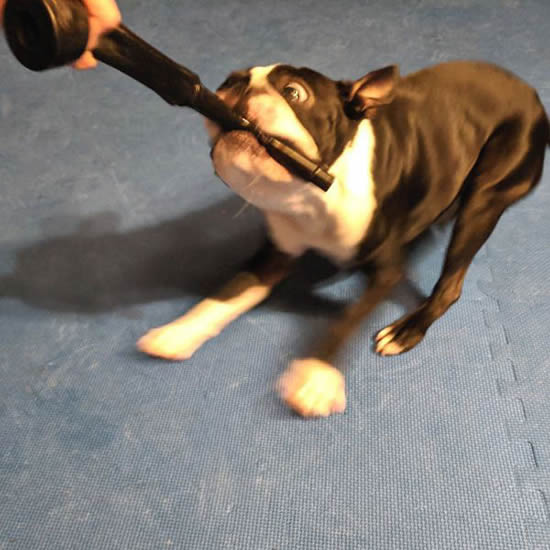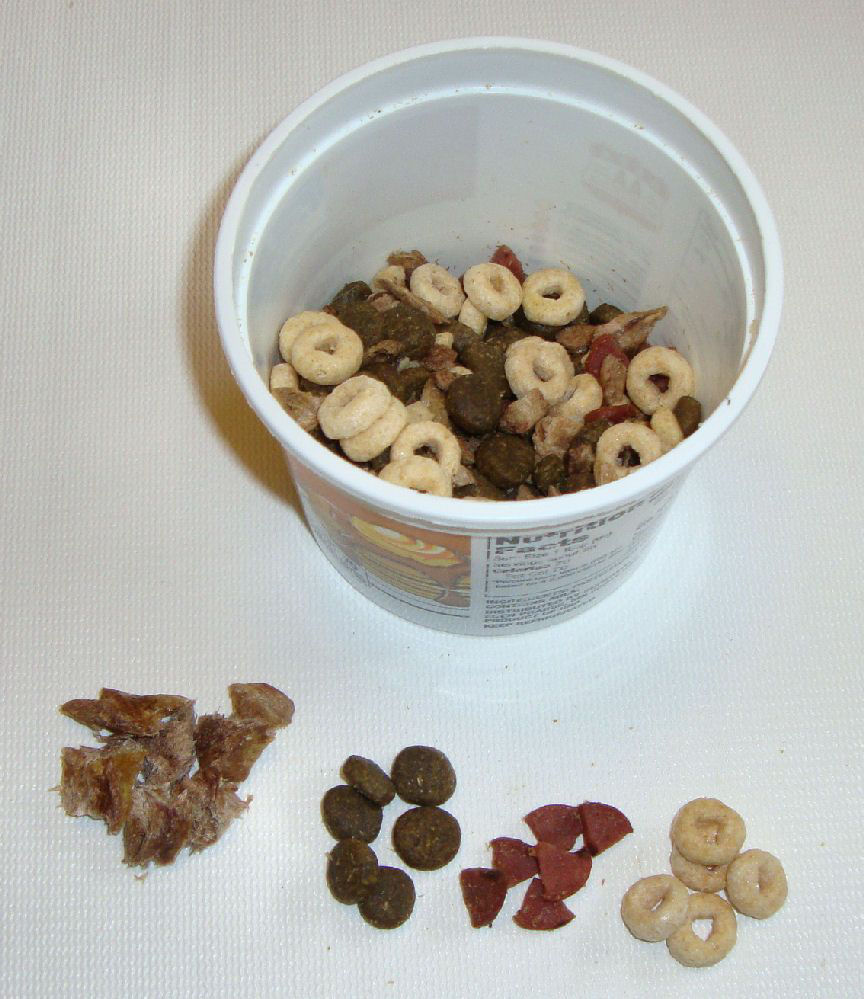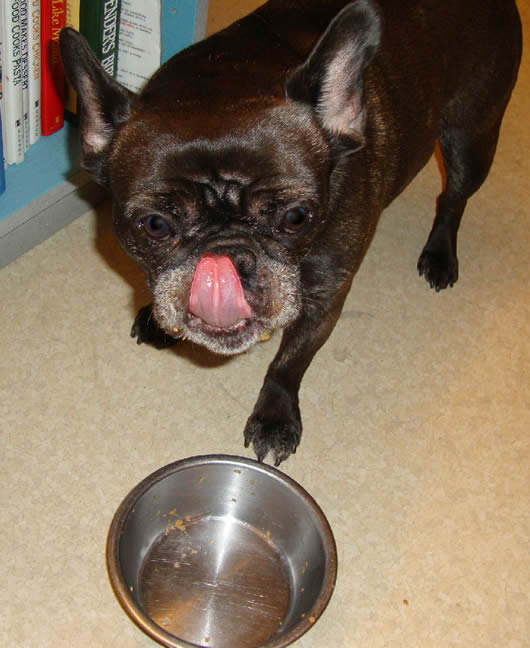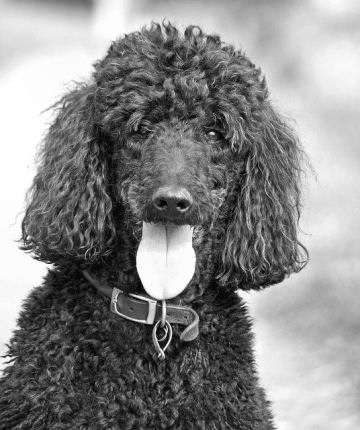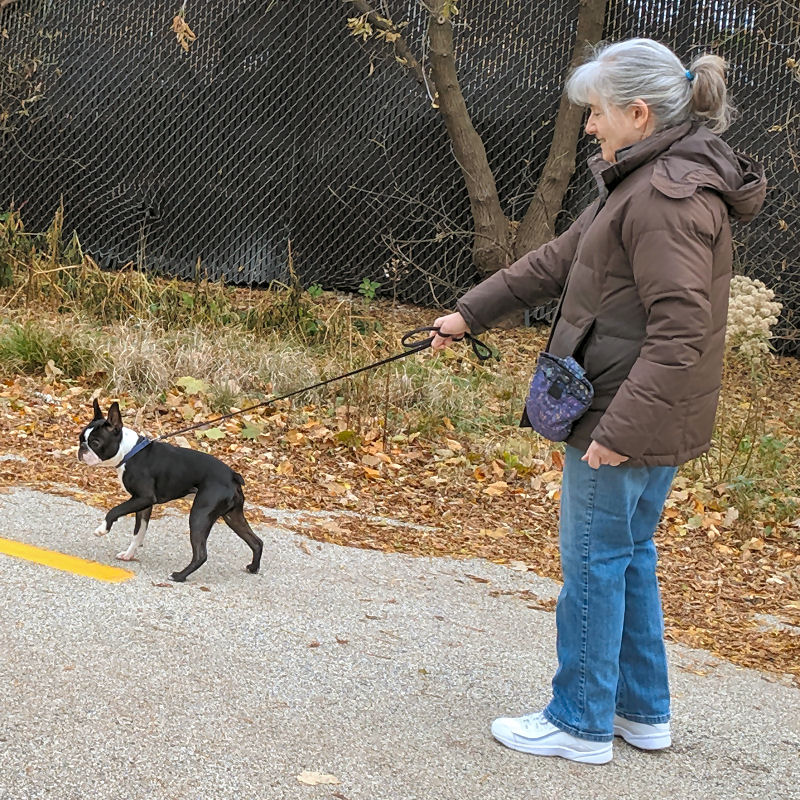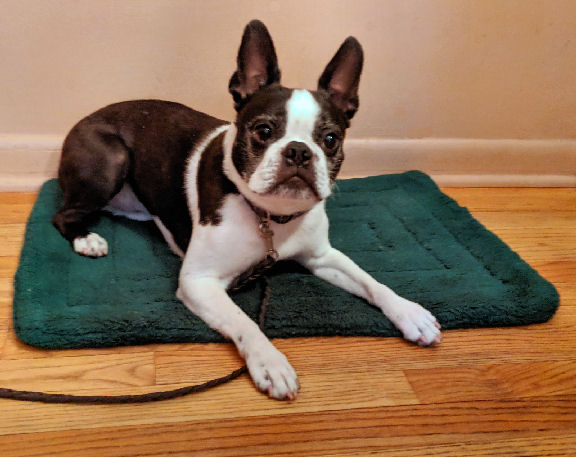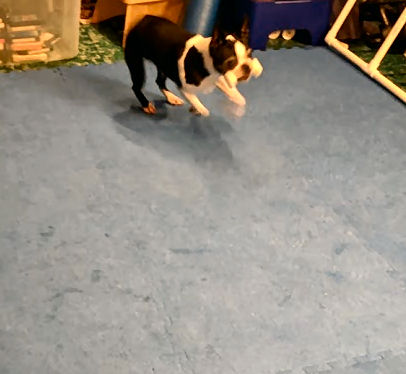Does your dog mope through training sessions like Eeyore plodding along? You can easily up your dog training energy. Last week we talked about our dogs getting tired and losing focus. This week the shoe is on the other foot! Just look in a mirror!
Our dogs reflect us in many ways, including energy level. You can change the mood in the room and your dog, by upping your own energy level.
We know there are some days you just don’t feel it. Dogs pick up on our moods and, very honestly, show us how we’re doing.
Try recording it
You don’t have to take our word for it. Set up a camera and record a session. For the first part of the session, speak quietly, move slowly, don’t celebrate. In the second part of the session, talk happily, move quickly, get energized.
You’ll see an immediate difference in your dog. If you have a “hyper” pup, you may think you need to control the energy level in the room to keep your dog focused. The opposite is true. Focus on your dog, keep the connection and the feedback flowing.
The test of your dog’s understanding of what you’ve been training is his/her ability to still listen and play with you while excited. That’s when you know you’re doing great, having fun, and being an effective dog trainer.
Energize everywhere
One key to getting your dog to play with you anytime, anywhere, is to up your own dog training energy level. This is another instance where you can, and should, “fake it ‘til you make it.”
Will your dog know you’re faking it? Maybe at first. But get louder, slap a fake smile on your face, look into that adorable dog face and remember you love playing with this dog who adores you.
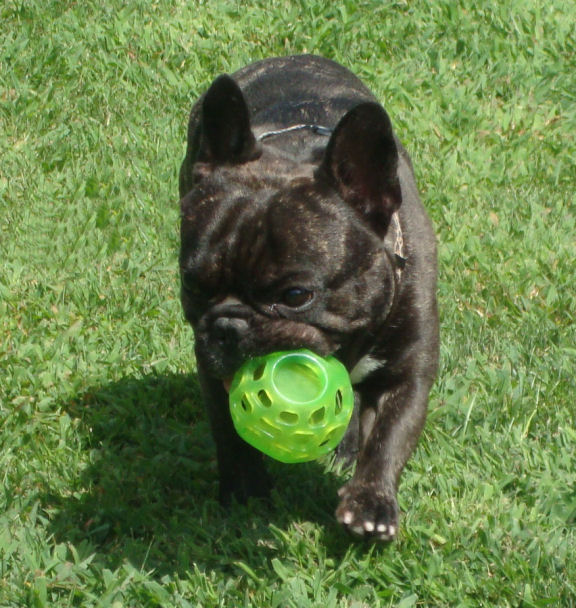
Hope saw it just the other day with Torque. They were playing “put your toys away” – a game Torque normally loves. But he was distracted and moving slowly, if at all, between the toy pile and the bin he was supposed to put them in.
At first, Hope said “Torque, what’s wrong with you?” Then she realized that her dog was reflecting her attitude and demeanor. She was low energy, and her dog mirrored it.
So she got loud, smiled, and moved faster. The change in Torque was instant. He was into the game right away and put all the toys away with a smile in his step. Hope’s energy level mattered. Yours does, too.
The closer your bond with your dog, the more closely he/she will reflect your mood and energy level. There are some days all you want to do is snuggle on the couch and stare at a screen. But we promise you’ll achieve calm faster if the cuddle session follows a high-energy, 2-Minute-Dog-Training game session.
Training is tiring
Remember that thinking is as tiring as physical activity. Using your brain requires just as much effort as using your body. Sometimes it’s even more exhausting. Training games that call on your dog to use his brain, solve problems, and remember, are the equivalent, in less than five minutes, of a half hour of “fetch.”
By all means exercise your dog. We encourage all kinds of physical activity, as well as exercises like stretching and balancing to keep your dog fit. But exercising their minds is just as crucial – it keeps even old dogs young when they’re always challenged to learn new things.
Because as we all know – you can teach old dogs new tricks.

